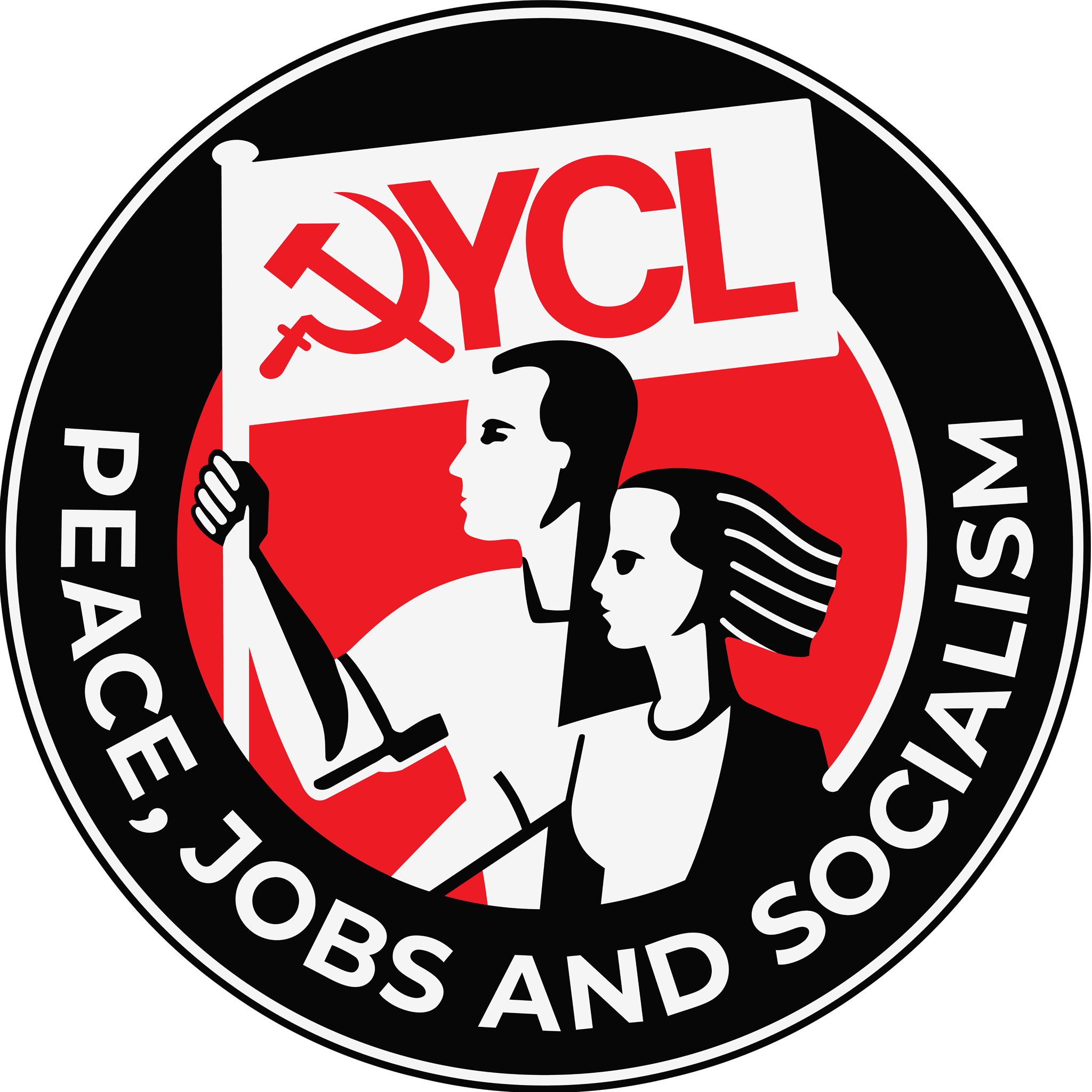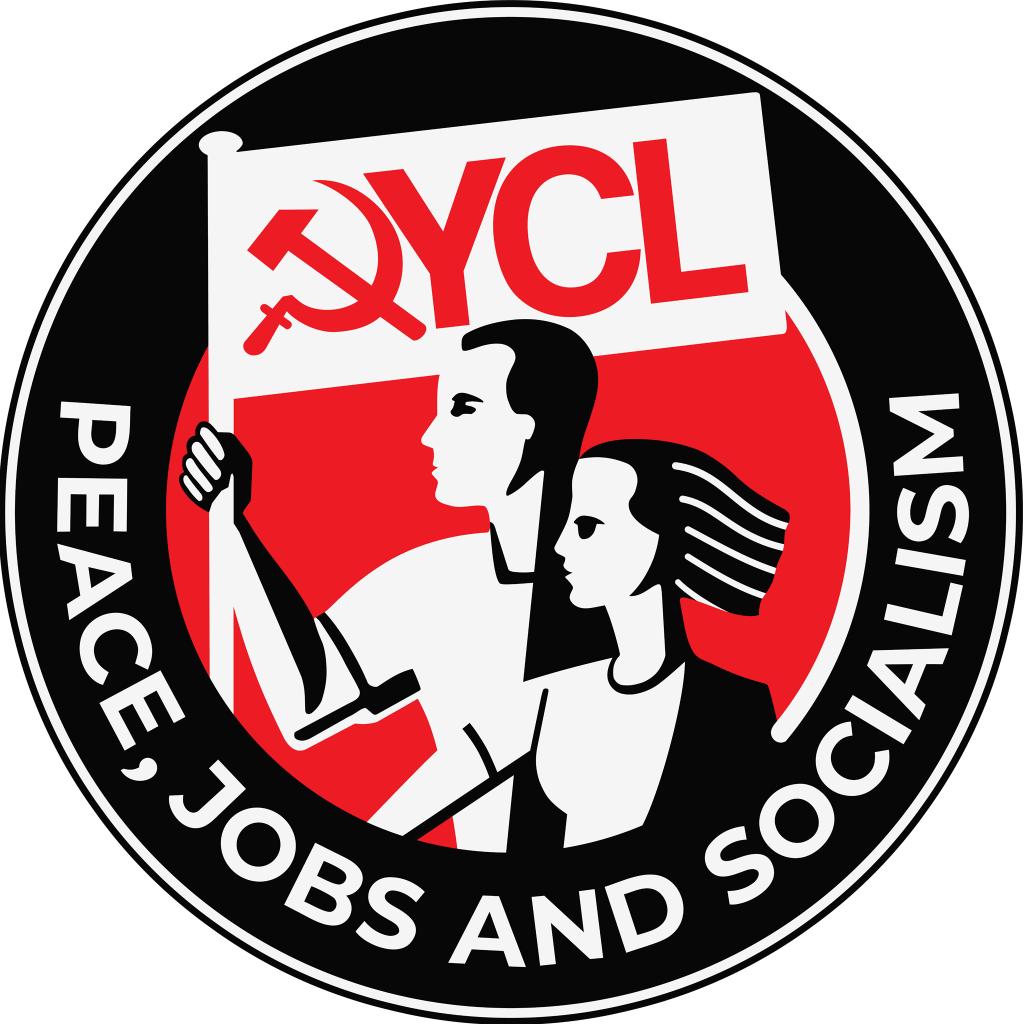Laos is a country in southeast Asia with a population of almost 8 million people. This small country is also the most bombed country on earth, a title vested on the nation by the brutal bombing campaign perpetrated by the United States during Laos’s struggle for independence, sovereignty, and development.
Originally home to a population subsisting mainly on rice, millet, and other grain, it was small, self-sufficient populations who first constituted Laos. Then, from the early 19th century, Laos was made a vassal state by its western neighbour Siam (modern Thailand). Laos was heavily exploited, particularly for its labour power, with much of the population forcibly relocated into or near the border with Siam. Today, many times more Laotians live west of the Mekong River than east as a direct result of this historical displacement.
France used this existing colonial relationship as a justification for their control of the area. In 1893, France established the Protectorate of Laos, a component of the larger colony of French Indochina. Like Vietnam and Cambodia, also colonies of France, the French ruling class brutally exploited the people of Laos. Corvée labour was implemented, forcing people to carry out labour such as road building and plantation work, and exploitative tax systems placed a heavy burden on most of the population.
France had no interest in developing a prosperous nation, and invested little in education, healthcare, or infrastructure. During this period of colonialism, first by Siam then France, there was significant resistance and many uprisings against the colonial powers. However, fierce resistance from the population was also met with brutal repression to maintain the system of economic and political exploitation.
The “30-year struggle” refers to the 30-year period between its initial declaration of independence in 1945 and the establishment of the Lao People’s Democratic Republic in 1975. Anti-imperialist movements were organised throughout the country, and participated alongside groups in Vietnam and Cambodia to force the French out of the region. Although briefly declaring independence in 1945 at the end of the Second World War, France attempted to violently regain control and eventually reoccupied Laos in 1946, forcing much of the independence movement into exile in Bangkok.
At this point, the anti-colonial movement split. One faction, eventually establishing the Royal Laos Government, aimed to appease France with support from the United Sates. This comprador faction was concentrated in the cities and populated areas. The other nationalist faction allied with the Indochinese Communist Party, eventually culminating in the formation of the Lao People’s Party (later the Lao People’s Revolutionary Party) and their armed wing, the Pathet Lao. The civil war that ensued between 1959 and 1975 mainly consisted of a conflict between these two factions.
Due to the close relationship with the Viet Minh, Laotian territory was permitted to be used to move personnel and equipment during the Vietnam War, becoming known as the Ho Chi Minh Trail. This supply route was a major target of the US, who carpet-bombed large areas to attempt to destroy the roads. Residents of villages scattered into the forests to avoid attacks from the U.S. and Royal Lao Government. The bombardment was so intense that even livestock and muddy patches on the ground risked becoming targets. Indiscriminate use of chemical weapons such as napalm and Agent Orange were also used indiscriminately on the Laotian countryside.
However, the brutal bombing campaign also strengthened the resistance movement in the country. Moreover, the close relationship between the Royal Lao Government and the U.S. delegitimised the former in the eyes of the Laotian population. The eventual withdrawal of the U.S. from Vietnam strengthened the Pathet Lao even further, eventually leading to the surrender of the Royal Lao Government. Finally, in December 1975, the U.S.-backed king Sisavang Vatthana formally abdicated, marking the victory of the people of Laos over centuries of colonial and feudal exploitation.
To understand modern Laos, we must understand the struggle and hardship the nation has historically faced. As a result of the French and later U.S. wars, 10% of the population were killed, 20% injured or disabled, and half of the country had been displaced from their homes. At independence, life expectancy was 46, and literacy less than 25%. The country had been bombed more than Germany during the Second World War, and millions of unexploded bombs littered the country. Prior to independence, agriculture constituted approximately 2/3 of economic production. The economy was based on subsistence farming and much of the agricultural land was used for rice production. What existed in the way of industry had been largely destroyed during the war.
Following independence, the country’s leadership introduced collectivisation of agriculture and nationalisation of industries and trade. Foreign exchange was controlled centrally by the state and trade was controlled by state-owned companies. 1981 saw the implementation of the country’s first five-year plan, aiming to industrialise the country, develop infrastructure, and improve food self-sovereignty. The plan significantly improved the economy of Laos, increasing production of crops such as rice, maize, soya, and sugar cane. Importantly, improving food self-sufficiency was a priority for the government, which allocated 70% of the state budget to agriculture and infrastructure development during this period. The first five-year plan also attempted to improve the country’s science and culture. Despite major achievements during the first five-year plan, which grew the economy by approximately 7% annually, this was undermined by high inflation, and the poverty rate remained high.
In 1986, the New Economic Mechanism (NEM) was approved by the Lao People’s Revolutionary Party leadership. Like other economic reforms occurring during this period in China and Vietnam, this policy aimed to attract foreign capital and make careful use of market mechanisms under the ultimate control of the state, aiming to develop the country’s economy and reduce trade deficits.
Today, Laos is still in the process of developing and overcoming the legacy of centuries of colonialism and war. For example, every year hundreds of people are killed or injured by the bombs left by the U.S. and removal of this danger continues to absorb a large portion of foreign aid annually.
Despite the hardships, between 1992 and 2008 the poverty rate declined from 46% to 28%. While illiteracy is still not eliminated, the rate currently stands at 87%, up from 25% in 1975, with the government continuing to invest in expanding and improving education. Developing healthcare is also a priority, and efforts continue to improve affordability and quality, especially for communities in remote areas. Healthcare facilities continue to expand throughout the country, hosting central, regional, and local health centres. A majority Buddhist country, the LPRP also continues to accommodate religious expression and promote cultural diversity for the more than 200 ethnic groups within the country. Moreover, Laos’ constitution guarantees freedom of religious expression.
The economy of modern Laos remains primarily agricultural, with most of the population still engaged in farming. This is despite over one third of the country remaining unsafe due to the unexploded bombs. The Labour Law of 2006 makes all labour units require an affiliated trade union, and the still relatively small working class of the country usually work for no longer than 40 hours per week. Protections from dismissal exist for workers undergoing medical treatment or who are pregnant. The state retains ownership of land, and management authorities determine who uses it and for what purpose. Finally, like China and Vietnam, Laos continues to develop its democratic system, seeking to broaden participation as widely as possible among the population.
Further Reading:
A Great Place to Have a War: America in Laos and the Birth of a Military CIA, J. Kurlantzick
Revolution in Laos: Practice and Prospects, K. Phomvihane
Discussion Questions:
- To what extent are religion and socialism compatible? To what extent are they contradictory?
- Had you heard of Laos before studying Marxism-Leninism? How has the US covered up its war crimes in this country?
- Marx predicted that revolutions would break out in the most developed capitalist countries first. Instead, it has been feudal colonies in the struggle against imperialism. Why was this the case?
- Many socialist revolutions have followed shortly after “democratic” revolutions led by the working class against monarchic rule. Why is this?
- How can we support the Laotian Revolution from Britain?



